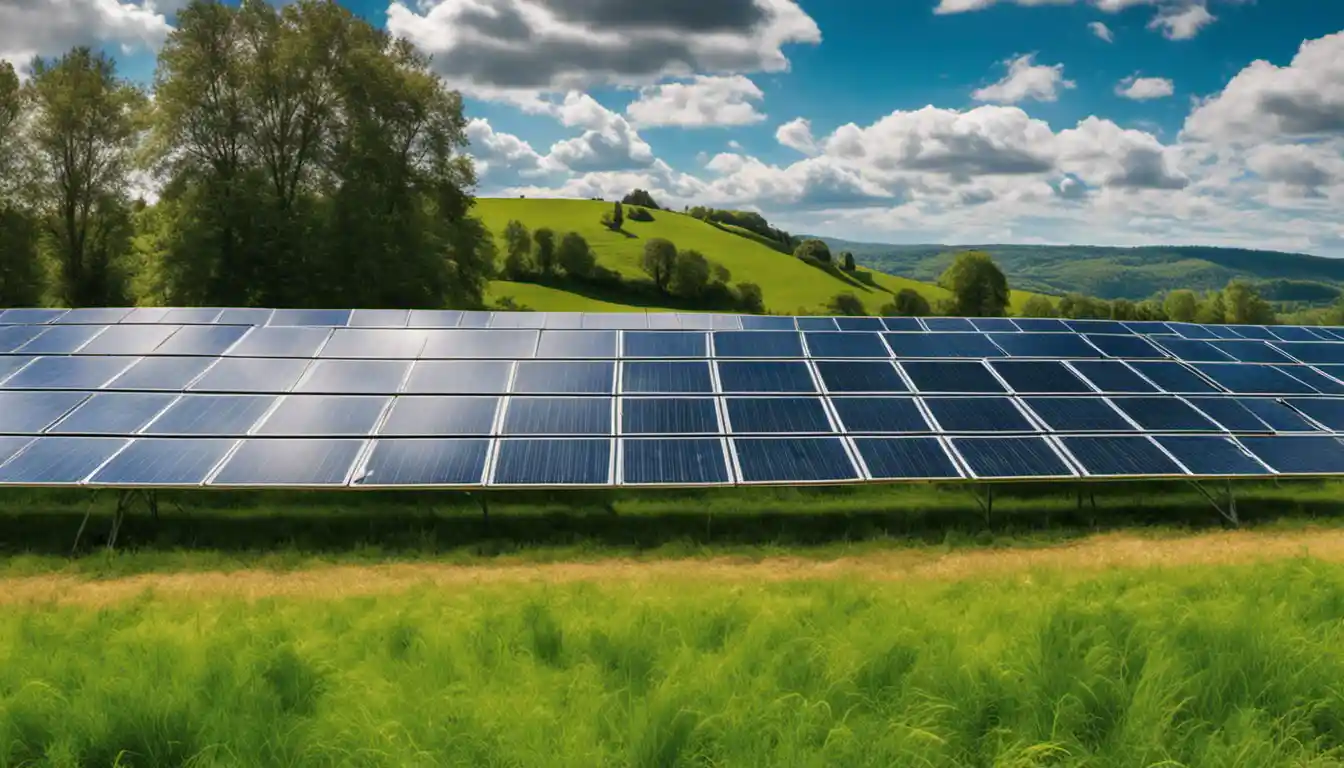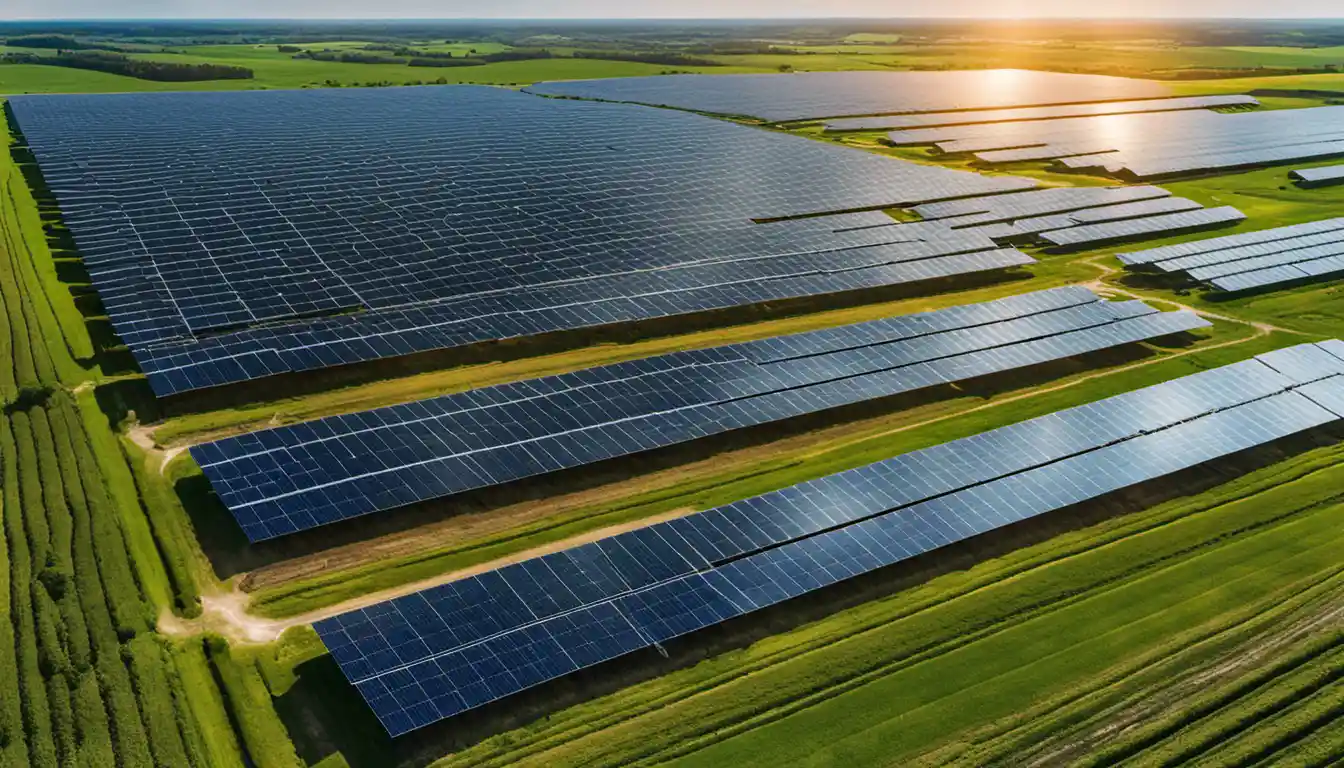Thin Film Solar Cells: Advantages and Disadvantages
Thin film solar cells have several advantages, including being lightweight, flexible, and cost-effective in terms of materials and energy consumption due to their thin and uniform structure. However, they also have disadvantages such as lower efficiency compared to other types of solar cells and they are not as durable or long-lasting as their silicon counterparts.
Understanding Thin Film Solar Cells
Before we delve into the nitty-gritty of thin film solar cells advantages and disadvantages, allow me to clarify what these innovative devices are all about and how they work.
Thin film solar cells, in a nutshell, are made by depositing one or more thin layers of photovoltaic material over a substrate. These are hundreds of times thinner than traditional silicon wafers, making them lightweight and flexible. They convert sunlight directly into electricity through the photovoltaic effect, creating an electron flow that constitutes a current which can power anything from a small electronic device to a household. To learn more about its basic mechanisms, you can check out our in-depth discussion on what thin film solar panels are.
Advantages of Thin Film Solar Cells
– Lightweight and Flexible Design

This is probably one of the most significant thin film solar panel advantages. The lightweight and flexible design of these solar cells translates to easy transportation, installation, and adaptation to various applications. Remember when we used to struggle setting up our bulky and weighty silicon solar panels at the eco-camp some 20 years ago? Picture yourself carrying lightweight panel rolls instead, spreading them out like picnic blankets. Not only would it be a picnic for the back, but also a feast for the eyes!
– Cost-Effective Production
Price is often a crucial factor when considering different energy solutions and, in this regard, thin film solar cells shine very brightly. Compared to crystal silicon-based solar cells, their manufacturing process is less energy-intensive, which directly affects their overall cost. For people like my friend Sam, always on a tight budget but eager to contribute to a greener planet, thin film solar cells appear to be the sensible choice.
Disadvantages of Thin Film Solar Cells
Despite the clear advantages, there are certainly a few downsides to thin film solar cells, which we must consider for a fair assessment.
– Lower Efficiency
Effectively, one of the primary thin film solar cells disadvantages is reduced efficiency. While your conventional silicon solar cells boast efficiencies around 15% to 20%, thin film solar cells, unfortunately, lag at roughly 11% to 12%. This means you’d require more panels to achieve the equivalent energy output of fewer silicon panels – a consideration to make if the surface area’s a constraint.
– Requires More Space

Expanding on the previous point, the lower efficiency of thin film solar cells means they need more room to deliver the same amount of power as conventional cells. This may not be an issue for large-scale commercial applications, but in a cramped city apartment, like mine, it could pose a challenge.
– Potential Durability Issues
Unlike their heavyweight silicon brethren, thin film solar cells may be prone to more rapid degradation. The flexible, lightweight design lends susceptibility to environmental factors such as water ingress or mechanical stress. But again, with proper care and installation, these issues can be managed effectively.
– Toxicity Concerns Related to Production Materials
Certain thin film solar cells utilize Cadmium Telluride (CdTe) or Copper Indium Gallium Selenide (CIGS), both of which are toxic if improperly handled. The risk, however, is primarily at the manufacturing stage and isn’t of concern to the end-user.
Comparing Thin Film Solar Cells with Conventional Solar Panels
– Efficiency

We’ve said this before, but as a solar energy expert, I insist on reiterating crucial points—conventional solar panels offer higher energy conversion efficiency, meaning they generate more power per square metre.
– Cost
Thin-film solar cells have the upper hand when it comes to cost. They are much cheaper to produce and therefore tend to be less expensive for consumers.
– Durability
While they may be more prone to degradation, thin-film solar cells are not necessarily less durable. A lot depends on the care taken during installation and usage, just like any other product.
Frequently Asked Questions
To wrap things up, let me address a few common inquiries you might have about thin film solar cells:
– Are Thin Film Solar Cells Suitable for Rooftop Installation?
Absolutely, thin film solar cells are suitable for rooftop installation. Their lightweight nature means they won’t put too much stress on your structure.
– How Much do Thin Film Solar Cells Cost?
The cost of thin film solar cells can vary widely depending on the size you need and the supplier you choose. However, they often come out cheaper than traditional solar panels.
– Can Tax Credits or Incentives Apply to Thin Film Solar Cells?
Yes. Federal and state incentives apply to thin film solar cells just like they do to traditional solar panels. Always check your local and state laws for the most accurate information.
– What is the Lifespan of a Thin Film Solar Panel?
With proper care and maintenance, thin film solar panels can last for several decades, often coming with warranties for 20-25 years.
Analysing this information should provide a clearer picture as to whether thin film solar cells fit your specific circumstances. Keeping in mind the thin film solar cells advantages and disadvantages, the decision will depend on factors such as your budget, roof space, local incentives, and personal commitment to sustainability.
As always, you should weigh out all these factors and perhaps consult with an expert to work out the best solution for your energy needs.



